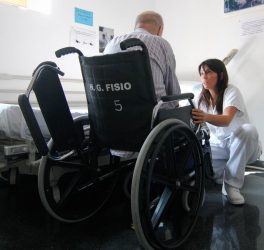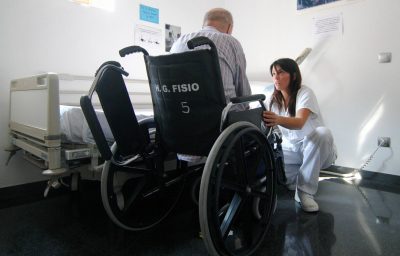
MIT scientists have identified a potential new strategy for treating Fragile X syndrome, a disorder that is the leading heritable cause of intellectual disability and autism.
In a study of mice, the researchers showed that inhibiting an enzyme called GSK3 alpha reversed many of the behavioral and cellular features of Fragile X. The small-molecule compound has been licensed for further development and possible human clinical trials.
From the mouse studies, there are signs that this compound may not have the same limitations of another class of Fragile X drugs that failed in human clinical trials a few years ago, says Mark Bear, the Picower Professor of Neuroscience, a member of MIT’s Picower Institute for Learning and Memory, and one of the senior authors of the study.
GSK3 inhibitors might also be useful against other diseases in which GSK3 plays a role, including Alzheimer’s disease, he says.
Florence Wagner, director of medicinal chemistry at the Broad Institute’s Stanley Center for Psychiatric Research, is also a senior author of the study, which appears today in Science Translational Medicine. The lead authors are MIT postdoc Patrick McCamphill, former MIT graduate student Laura Stoppel, and former MIT postdoc Rebecca Senter.
Fragile X affects about 1 in 2,500 to 4,000 boys and 1 in 7,000 to 8,000 girls, and is caused by a genetic mutation of a protein called Fragile X mental retardation protein (FMRP). In addition to intellectual disability, symptoms include epilepsy, attention deficit and hyperactivity, hypersensitivity to noise and light, and autistic behaviors such as hand-flapping.
Bear’s lab, which has been studying Fragile X for about two decades, has previously shown that protein synthesis at synapses, the specialized junctions between neurons, is stimulated by a neurotransmitter receptor called metabotropic glutamate receptor 5 (mGluR5). FMRP normally regulates this protein synthesis. When FMRP is lost, mGluR5-stimulated protein synthesis becomes overactive, and this can account for many of the varied symptoms seen in Fragile X.








